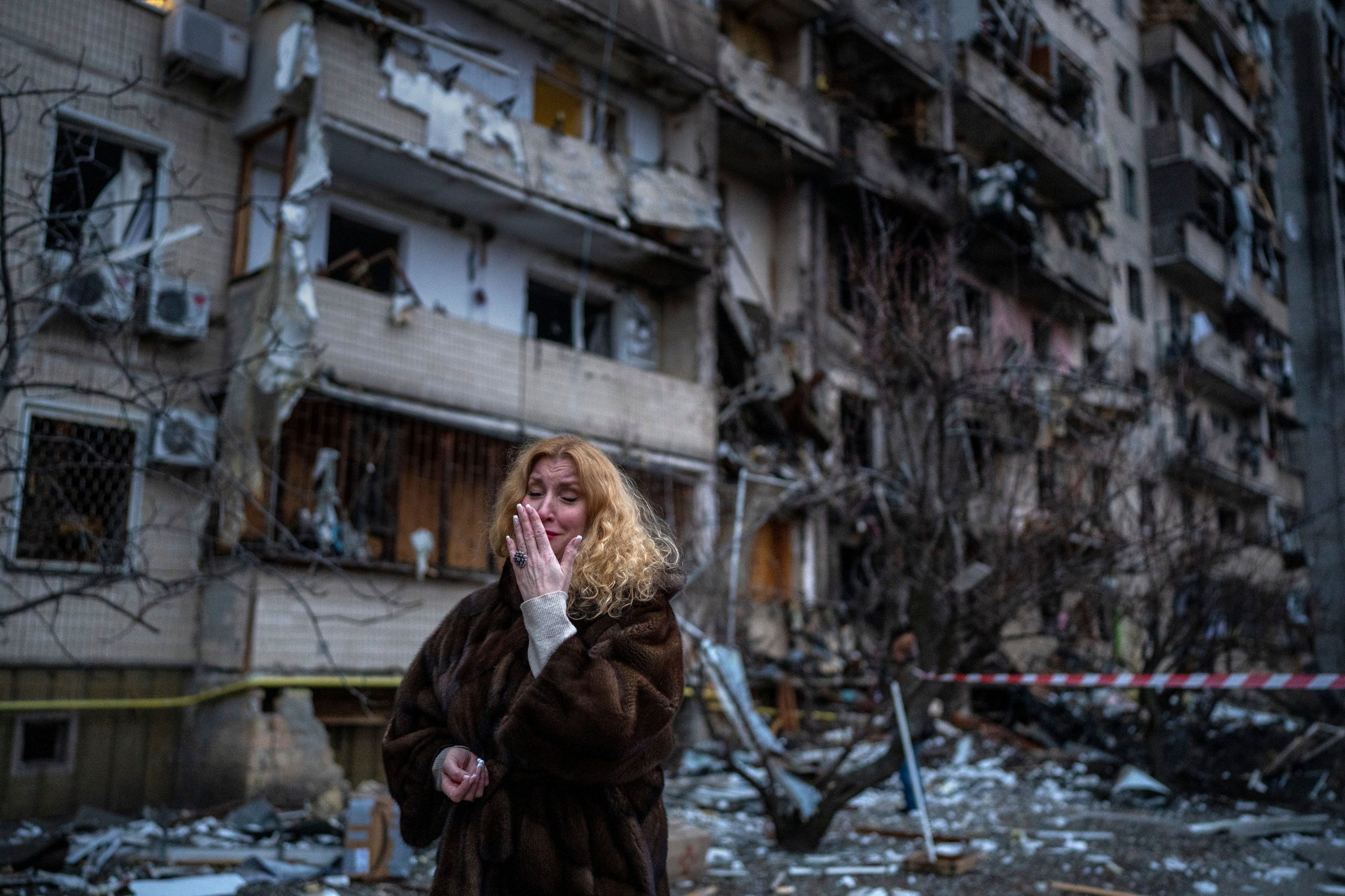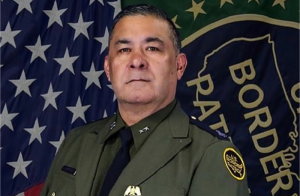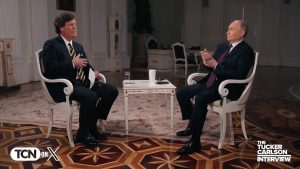With Russia packing troops into Ukraine’s rebel
regions, the body politic of eastern Europe faces the threat of severe
instability, an instability that will reverberate across the western world and
perhaps beyond. Russian President Vladimir Putin’s recent decision to
legitimise the separatist aspirations of Donetsk and Luhansk has shown his
resolve to unilaterally alter the security infrastructure of Europe.
The Russian movement on Ukrainian land, that
Ukraine and the West calls an invasion, has attracted severe sanctions on
Moscow. German chancellor Olaf Scholz, who had only recently said the Nord
Stream-2 pipeline was a private project with no political bearing, went on to
stop the natural gas pipeline. The United States has imposed sanctions
targeting Russian financial capabilities. The United Kingdom and Japan have
also made the list.
The Russia-Ukraine crisis was not born in the 21st century.
A centuries-old conflict, it has been inherited through generations. The root
of the current troubles, however, can be found, at least partially, in 1991,
the year of the fall of the mighty Soviet Union. Ukraine was one of the
founding parts of the Soviet Union, the first tangible possibility of a
socialist state.
1991: The Giant Collapses
The fall of the Soviet Union was perhaps one of the
most defining moments of the 20th Century, a century which had
seen two world wars, space trips, the sun setting on the British Empire and
Woodstock. As the Soviet Union dissolved, Ukraine, the second-largest economy
and population of the 15 Soviet republics, chose ‘self-determination’. A
referendum ensued and 92% Ukrainians voted for independence. Leonid Kravchuk
was elected president.

1994: Nukes return, NATO features
As part of the Soviet Union, Ukraine held with
itself nearly a third of the socialist superpower’s nuclear arsenal. When
Ukraine sought to walk out, it was required to return the nukes in the
post-Soviet world talking non-proliferation. Ukraine, along with Russia and the
United States, signed a statement reaffirming Ukraine’s commitment to transfer
all strategic nuclear warheads to Russia. In exchange for dismantling its
security infrastructure, Ukraine was given specific security assurances.
Also Read | Chernobyl captured: Why a defunct nuclear plant is key to Putin’s endgame
The very next month, Ukraine was welcomed into the
North Atlantic Treaty Organization (NATO) Partnership for Peace programme. Russia too joined the partnership,
which suffered immense strain before ties were finally suspended in 2014.
Meanwhile, the end of the Cold War made Moscow jittery over rising NATO
influence in eastern Europe. The same year, the Budapest memorandum was signed
and Russia, UK and the United States committed to respecting Ukraine’s
territorial sovereignty.
1997: Too close for comfort
A year after Ukraine ratified its new constitution
which allowed free speech and ownership of private property, then-Ukraine
President Leonid Kuchma met NATO leaders in Madrid and signed an agreement that
created a distinctive partnership.

NATO, a military alliance of 30 nations, is meant
to come to the mutual defence of any nation under attack. Russia, witnessing
this growing influence of NATO in Ukraine, was worried that this could be the
US-led security alliance’s way to circumvent Moscow’s security infrastructure.
2004: The Orange Revolution
Ukraine, a young nation by all accounts, was
battling legitimacy concerns about its electoral system. That year, the
Ukrainians had two names on the ballot as their presidential choice – Viktor
Yanukovych, considered close to Russia, and Viktor Yushchenko, a pro-West
candidate.
Also Read | What is SWIFT, why does Ukraine want Russia to be banned from it?
Two rounds of voting, regarded illegitimate by
many, awarded the election to Yanukovych. But Yushchenko’s supporters took to
the streets in protest wearing orange suits, Yushchenko’s campaign colour, and
effected a re-election. Yushchenko won.
2008: ‘Not even a real nation-state’
Vladimir Putin, a former KGB
operative-turned-President, vehemently opposed the offer of NATO’s Membership
Action Plans (MAPs) to Ukraine. NATO gave in and denied offering an MAP to
Ukraine. Meanwhile, in a meeting with then-US President George W Bush, Vladimir
Putin told him that Ukraine is “not even a real nation state.”

The same year, Russia invaded Georgia leading to a
five-day war. Echoes of the invasion of Georgia continue to reverberate in the
current crisis. Just as Russia accepted legitimacy of two separatist Ukrainian
regions in 2022, similarly Moscow granted legitimacy to Abkhazia and South
Ossetia. Meanwhile, Ukraine initiated discussions with the European Union and a
joint communique was issued titled “Ukraine’s future is in Europe.”
Also Read | Mum on invasion: Why China refuses to use the I-word for Ukraine crisis
2014: From Whence We Came
The current crisis in Ukraine draws directly upon
the worsening of ties with Russia in 2013-14. One year prior to this period,
Ukraine had decided to end talks with the EU. This prompted protests across the
country which eventually turned violent. Over a hundred people were killed and
Yanukovych, the then-Ukrainian president, fled to Russia.
Also Read | Putin on ‘wrong side of history’, say G7 leaders after Ukraine meeting
Russian forces, reacting to changing geopolitics,
took over the Crimean Peninsula from Ukraine following a disputed referendum in
which Crimeans voted to secede and join Russia. Soon after, an armed conflict
ensued in the Donbas region, the region currently in contest. Subsequently,
initiation of peace processes led to the Minsk agreements to effect a
ceasefire.
2022: Things Fall Apart
After western nations denied Russia’s demand to
assure that Ukraine will never be part of NATO, tensions flared. Thousands of
Russian troops first gathered on Ukraine borders. Then, Russia legitimised the
separatist regions of Donetsk and Luhansk.

Russia has now declared a military operation in
parts of eastern Europe. Meanwhile, media reports are doing the rounds that
Russian troops are crossing in from the Belarusian border. Western nations have
imposed severe sanctions on Russia, sanctions that have the capacity to
paralyse supply chains in much of Europe.







